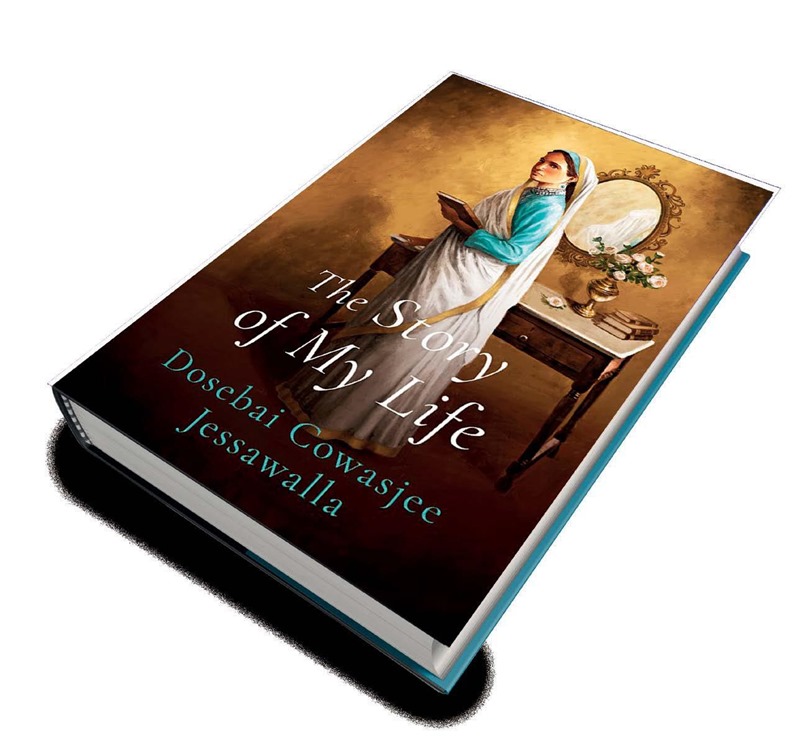THE STORY OF MY LIFE
by Dosebai Cowasjee Jessawalla
SPEAKING TIGER ₹799; 344 pages
Article by Shabnam Minwalla | India Today
In 1842, Meheribai, a widow, enrolled her daughter in Mrs Ward’s Seminary in Bombay. The decision-coming as it did when “there was a general desire to keep the fair sex in ignorance”-invited fear and loathing. Parsi newspapers carried disapproving articles; sethias threatened ex-communication; and Meheribai’s own family railed against the “worldwide publicity”.
In 1842, Meheribai, a widow, enrolled her daughter in Mrs Ward’s Seminary in Bombay. The decision-coming as it did when “there was a general desire to keep the fair sex in ignorance”-invited fear and loathing. Parsi newspapers carried disapproving articles; sethias threatened ex-communication; and Meheribai’s own family railed against the “worldwide publicity”.
Unmoved by “the wrath of the entire male portion of the whole native community”, the mother refused to back down. So it was that little Dosebai ventured beyond the conservative world of Mumbai’s Parsi community and became one of the first girls in India to get an English education. Soon, the same sethias were seeking discreet ways to educate their own daughters.
Meheribai’s rebellion played a part in furthering women’s education in India. It also shaped the life that Dosebai recounts in her autobiography, The Story of My Life, first published in 1911 and again by Speaking Tiger this year. It’s a fascinating book that reveals how much has changed in Bombay and in the Parsi community in just 150 years. It provides a window into another age: when Bhandoop was a spot for pleasure trips and houses in Tardeo came with sprawling gardens; when driving with your husband in an open carriage or visiting Bandstand with friends was scandalous; when a slight indisposition in the morning could mean death by evening; when independent thought was as unwelcome as diphtheria.
As a child, Dosebai watched her mother fight innumerable battles to live life on her own terms, be it buying a house at Malabar Hill or educating her daughter. As a wife, Dosebai had to deal with her own challenges: the disapproval of her new family, a husband who made unwise business decisions, and 11 childbirths, of which only three children lived to adulthood.
Often, the book feels like a gossip session with friends-as when Dosebai describes a white satin saree that she embroiders in 42 colours for a family wedding. “My sisters in law, who had ordered for the occasion costly Chinese sarees, were totally eclipsed,” she reports. There are also times when it reads like a travelogue, saved from tedium by the fact that Dosebai’s sarees, ornaments and lively spirit open doors everywhere (including the Vatican, where she manages to get an impromptu audience with Pope Leo XIII).
Read the book for the first time, and you see Dosebai’s domestic triumphs, squabbles and weekend jaunts. Read it a second time and you hear the clear voice remarking on narrow-mindedness and the treatment of women at the hands of men. “â€æthe time has come for my sisters to demand with unmistakable voice their rights and privileges of which their selfish husbands have so long deprived them,” she insists. It’s this determination to reject hollow customs and injustices that make Dosebai and her story relevant even today.

